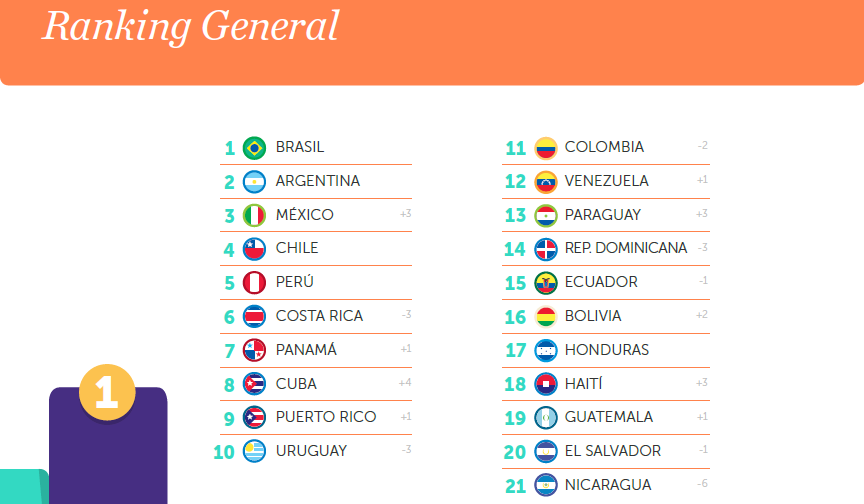In our recent interview with country brand expert Gustavo Koniszczer, Managing Director of FutureBrand Spanish Latin America, we asked him about the main challenges and opportunities related to the branding of countries in his region, and how the brand, image and reputation of Latin America as a whole has changed over the last years. Here are his answers.
 Gustavo, where do you see the main challenges – and opportunities – for country branding in Latin America?
Gustavo, where do you see the main challenges – and opportunities – for country branding in Latin America?
The country brand practice is getting more and more sophisticated. So you have to set your goals and establish a brand platform that is credible, relevant, sustainable and differential.
Our Country Brand Index report intends not only to inform the actors behind country brands, but shows opportunities to improve reputation. That said, rankings of absolute positions are less important than understanding why a country performs as it does in terms of perceptions/reputation.
Country brands in Latin America need to improve their performance regarding the purpose dimension, which is linked to quality of life, value system and business potential.
Latin America doesn’t rank well in safety and security, tolerance, health and education, advanced technology. And there are of course some structural needs that have to be solved before expecting significant changes in perceptions on associations such as infrastructure.
On the other hand, Latin America has just a few brands that work as country ambassadors. Commercial brands help conform a country reputation and imagery. And linked to this, strong country brands are seen to have expertise across multiple consumer categories.
If Latin American consumer or corporate brands manage to trespass the frontiers and show great performance, then Latin American countries will benefit in terms of perception.
It is interesting also to think about the role our main cities could play regarding country brands in Latin America. While an influential city is not enough to make a strong country brand, it certainly helps. For instance, in our ranking of cities, we find only two Latin American cities in the top 20 most influential cities worldwide: Sao Paulo and Rio de Janeiro, both in Brazil.
If cities improve their performance, the country brand will benefit.
How has the regional brand (image/reputation) of Latin America changed over the last ten years?
There are some associations that have remained strong over the years: natural beauty, warm climate, sunny days, music, colours, and in some countries, such as Peru and Mexico, heritage and culture. All those brand associations are linked to personal experiences.
The same is the case with Latin America’s weakest brand associations – with variations across the region. Such reputation only changes slowly, over time.
In the 2006 Country Brand Index report, we detected that natural beauty, authenticity, heritage and culture were the most valued aspects, and that the region (in general) needed to improve in terms of safety, comfort and infrastructure. Ten years later, this is more or less the same.
Back in 2006 we also detected that there was a big gap between the levels of awareness and familiarity with the Latin America region, and its consideration. Today that still remains true.
Latin America must find a way to tell the world what the region and its countries are about, in order to convey stronger and better brand associations. With focus shifting to Asia and Middle East as the ‘ones to watch’ (especially China, United Arab Emirates, South Korea, Israel and Qatar), entering and staying in the international spotlight will be challenging.
Thank you, Gustavo.
More about country brands in Latin America in our interview with Gustavo Koniszczer.
Enjoyed this short interview with Gustavo Koniszczer on country brands in Latin America, trends, challenges and opportunities? Share and spread the word!


